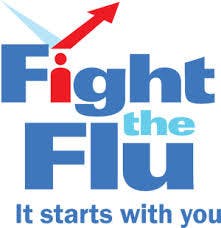On December 24, 2013, the CDC issued an emergency advisory, Notice to Clinicians: Early Reports of pH1N1-Associated Illnesses for the 2013-14 Influenza Season.(9)Part of the summary is as follows:
“From November through December 2013, CDC has received a number of reports of severe respiratory illness among young and middle-aged adults, many of whom were infected with influenza A (H1N1) pdm09 (pH1N1) virus. Multiple pH1N1-associated hospitalizations, including many requiring intensive care unit (ICU) admission, and some fatalities have been reported. The pH1N1 virus that emerged in 2009 caused more illness in children and young adults, compared to older adults, although severe illness was seen in all age groups. While it is not possible to predict which influenza viruses will predominate during the entire 2013-14 influenza season, pH1N1 has been the predominant circulating virus so far. For the 2013-14 season, if pH1N1 virus continues to circulate widely, illness that disproportionately affects young and middle-aged adults may occur.”
“CDC recommends annual influenza vaccination for everyone 6 months and older. Anyone who has not yet been vaccinated this season should get an influenza vaccine now. While annual vaccination is the best tool for prevention of influenza and its complications, treatment with antiviral drugs (oral oseltamivir and inhaled zanamivir) is an important second line of defense for those who become ill to reduce morbidity and mortality. Antiviral treatment is recommended as early as possible for any patient with confirmed or suspected influenza who is hospitalized; has severe, complicated, or progressive illness; or is at higher risk for influenza complications.”
Infectious diseases are caused by pathogenic microorganisms, such as bacteria, viruses, parasites or fungi; the diseases can be spread, directly or indirectly, from one person to another. Zoonotic diseases are infectious diseases of animals that can cause disease when transmitted to humans.(1) We have currently been plagued with the H1N1 Influenza, or swine flu. Many people have died from the flu so far this season, and more people are ending up in the hospital than expected as flu season ramps up. The California Department of Public Health said flu activity is now considered widespread, though it's too soon to know if this year will be severe. Flu season in the state of California typically peaks in February or March, but state health officials said they're already seeing deaths and hospitalizations slightly earlier than usual.











